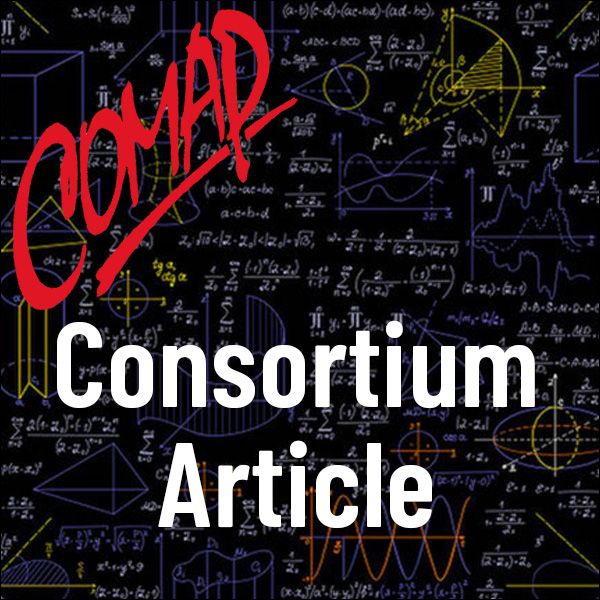Decimals Into Fractions
Author: H. O. Pollak
Many years ago, I was a guest at a board meeting. The executive officer of the organization was reporting on a survey he had undertaken. He noted that 15.8% of the people had said "A," 26.3% of the people had said "B," and 57.9% of the people had said "C." I wondered, idly, what I could infer from these numbers-anything unexpected-like, say, how many people had been surveyed.
That's obviously a silly question. It might have been 1,000 people, of whom 158 said A, 263 said B, and 579 said C. It might have two thousand subjects, of whom 316 said A, etc. So I can't conclude anything, right? Well, not quite. Could it have been a survey of just 2 people? Obviously not! You can't get percentages like 15.8% in a survey of just 2 people; you can only get 0% or 50% or 100%. How about 3 people or 4, or 5, or 6? No, none of these can work; the perentages would have to be names for rational numbers with denominators 3 or 4 or 5 or 6, and none of those looks like 0.158. So we know the sample size could have been 1,000, but it couldn't have been as small as 6. So we DO have a meaningful and interesting question: What is the SMALLEST number of respondents the survey could have had?

Mathematics Topics:
Application Areas:
You must have a Full Membership to download this resource.
If you're already a member, login here.